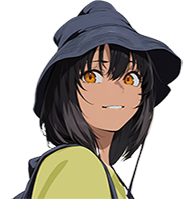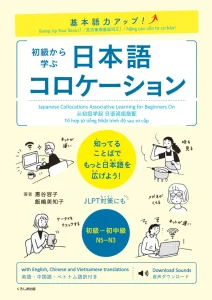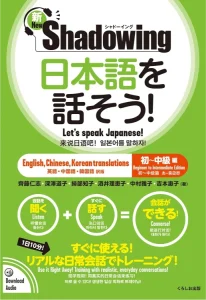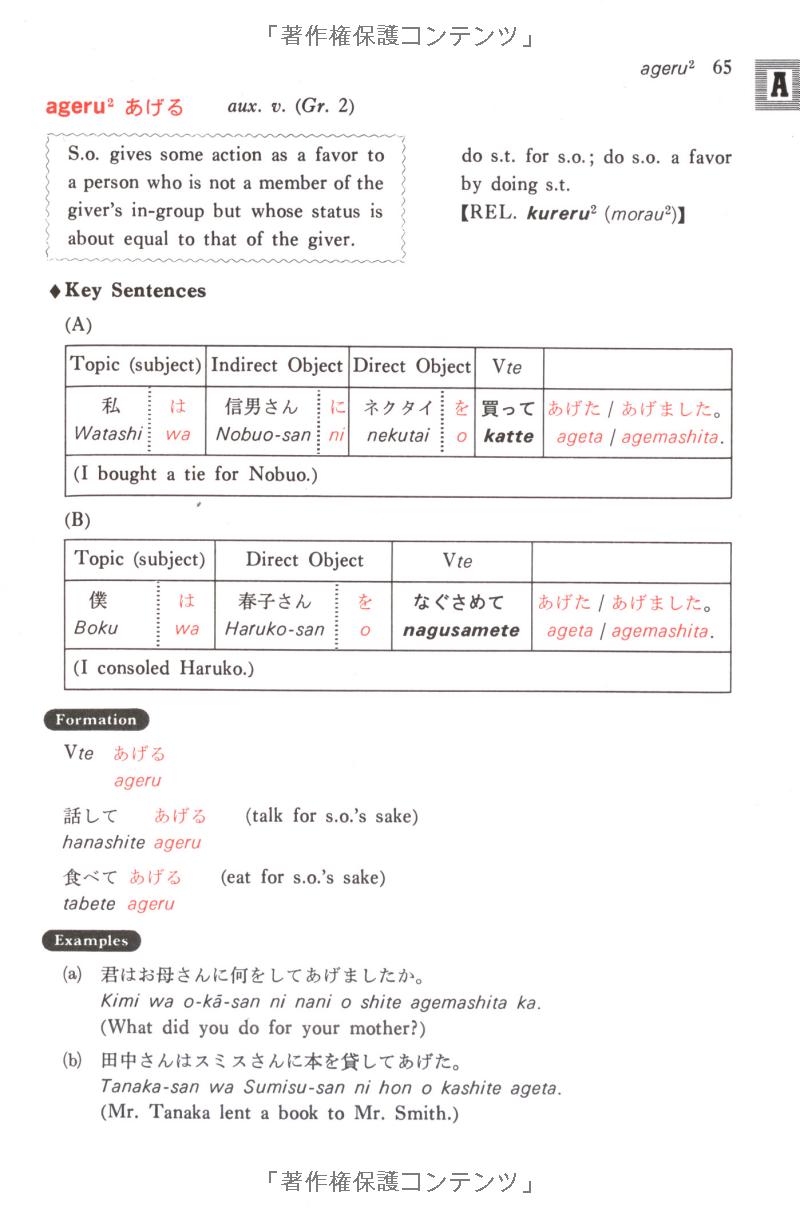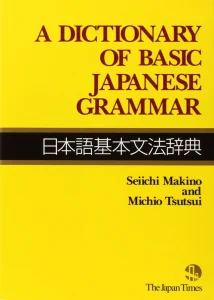Even as a Japanese native and Japanese teacher, I personally find A Dictionary of Basic Japanese Grammar easier to understand than books written for natives or teachers.
The particle explanations in particular are deeper than you would typically find in a textbook, clearly describing the difference between が and は particles, something that can cause problems for even intermediate students.
The book also goes beyond textbooks, sometimes including casual speech that they often miss. Things like わ ending or かしら for example. Not that the book itself is casual, for from it, but it can also serve as a good resource for looking up things that a Japanese learner may have heard in an anime or more casual settings.
The ’Characteristics of Japanese Grammar’ section before the main entries is particularly interesting, teaching elements such as ‘sentence final particles’, showing students almost 20 particles to put at the end of their sentences and how they change the tone of speech.
This is the first of three books, and is followed by A Dictionary of Intermediate Japanese Grammar and A Dictionary of Advanced Japanese Grammar .
This ‘yellow book’, A Dictionary of Basic Japanese Grammar , roughly covers the same level as Genki 1 and Genki 2 and is an essential companion to these two. When considering JLPT, it is useful for JLPT5, JLPT4 and the early stages of JLPT3. I mention this as the nuances between grammar points that this book covers on are the ways JLPT typically tests applicants.

